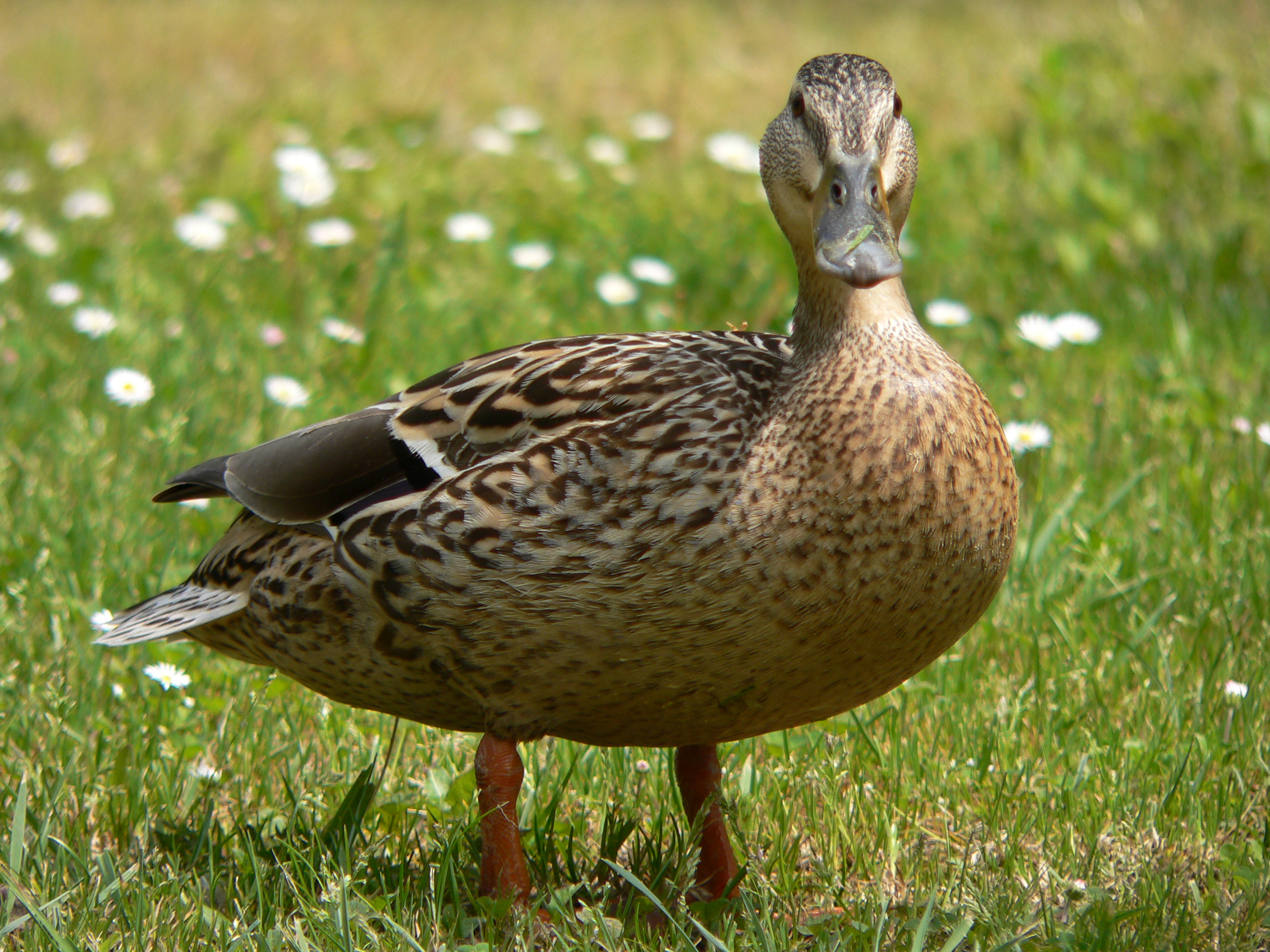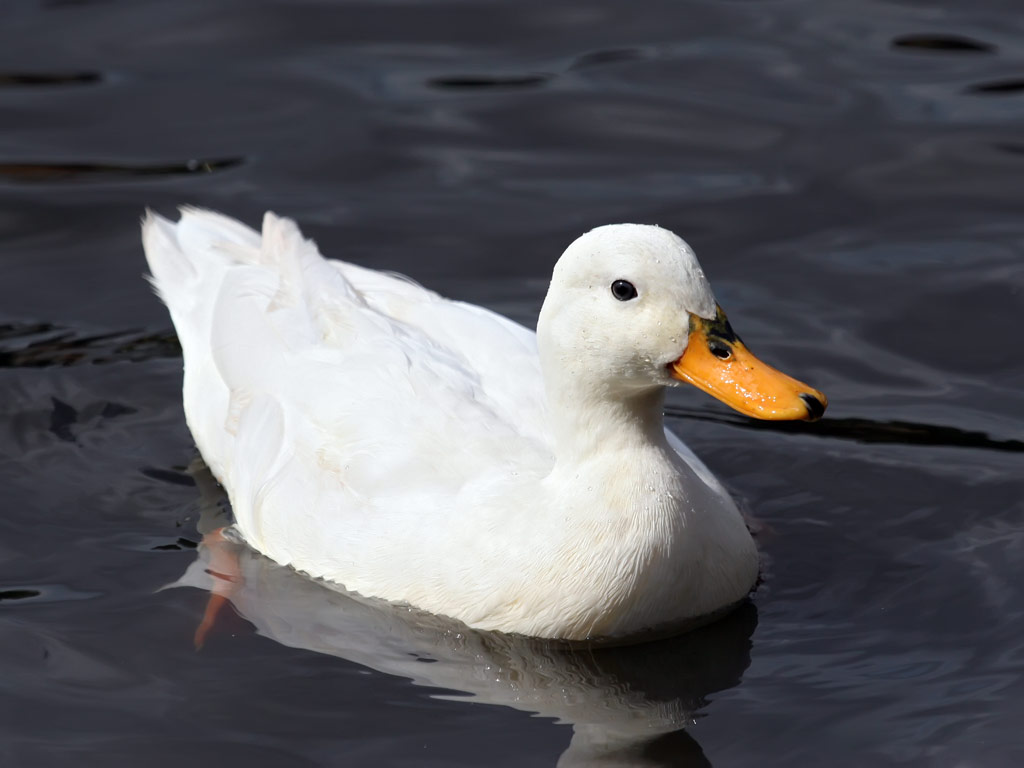Duck in Spanish language, “pato,” embarks us on a linguistic adventure, revealing the intricate etymology, diverse usage, and profound cultural significance of this common term.
From its origins in Latin to its variations across Spanish-speaking regions, “pato” showcases the richness and diversity of the Spanish language.
Word Structure
The Spanish word for “duck” is “pato”. It is derived from the Latin word “anas”, which means “duck”. The word “pato” has been used in Spanish since the 13th century.
Morphemes, Duck in spanish language
The word “pato” is composed of the following morphemes:
- pat-(root): meaning “duck”
- -o(suffix): meaning “masculine singular”
Pronunciation
The word “pato” is pronounced differently in different regions of Spain. In some regions, it is pronounced with a stressed first syllable, while in other regions, it is pronounced with a stressed second syllable.
Usage in Spanish Language

The Spanish word for “duck” is “pato.” It is commonly used in everyday conversation to refer to the aquatic bird, both in its wild and domesticated forms.
Proverbs and Idioms
The word “pato” also appears in several Spanish idioms and proverbs. For example, “ser un pato mareado” means “to be disoriented or confused,” while “meterse en un charco de patos” means “to get into a difficult or complicated situation.”
Cultural Significance
In Spanish-speaking countries, ducks hold cultural significance as symbols of luck and prosperity. In some regions, it is believed that keeping a duck figurine in the home brings good fortune.
Comparisons to Other Languages

The Spanish word for duck, “pato”, shares similarities and differences with its equivalents in other Romance languages. Let’s explore these comparisons in detail:
Equivalents in Other Romance Languages
- Portuguese:pato
- French:canard
- Italian:anatra
- Romanian:rață
- Catalan:ànec
As you can see, the Spanish word “pato” is closely related to its counterparts in other Romance languages, all derived from the Latin word “anas”.
Similarities in Meaning and Usage
In most Romance languages, the word for duck refers to the common waterfowl with a flat, wide bill and webbed feet. It can be used in both singular and plural forms, and is often used in phrases and expressions related to hunting, cooking, and nature.
Differences in Meaning and Usage
While the core meaning of “duck” is similar across Romance languages, there are some subtle differences in usage and connotation.
- In Spanish, “pato” can also refer to a type of bread, similar to a pancake.
- In French, “canard” can be used figuratively to mean a hoax or false report.
- In Italian, “anatra” can also refer to the female of the duck species.
Summary Table
| Language | Word for Duck | Additional Meanings |
|---|---|---|
| Spanish | Pato | Bread |
| Portuguese | Pato | – |
| French | Canard | Hoax |
| Italian | Anatra | Female duck |
| Romanian | Rață | – |
| Catalan | Ànec | – |
Cultural Depictions
Ducks hold a special place in Spanish culture, finding expression in various artistic forms. They appear in paintings, sculptures, and literature, often carrying symbolic meanings.
Paintings and Sculptures
In Spanish art, ducks are commonly depicted in scenes of nature and rural life. Famous paintings featuring ducks include “The Duck Pond” by Joaquín Sorolla, which captures the serene beauty of a duck pond, and “The Ducks” by Salvador Dalí, a surrealist interpretation of the birds.
Sculptures of ducks are also prevalent, with notable examples such as the “Duck Fountain” in the Retiro Park in Madrid. This fountain depicts a group of ducks playing in a pond, evoking a sense of tranquility and playfulness.
Literature
In Spanish literature, ducks appear in fables, fairy tales, and novels. One famous example is the tale “The Ugly Duckling” by Hans Christian Andersen, which tells the story of an ugly duckling who transforms into a beautiful swan, symbolizing the journey of self-acceptance and transformation.
Ducks also appear in the works of renowned Spanish authors such as Miguel de Cervantes and Federico García Lorca. In Cervantes’s “Don Quixote,” ducks are mentioned as a source of food, while in Lorca’s play “The House of Bernarda Alba,” ducks represent freedom and escape from societal constraints.
Symbolism and Cultural Significance
Ducks in Spanish culture often symbolize fertility, abundance, and purity. They are associated with water and nature, representing life and renewal. In some regions of Spain, ducks are believed to bring good luck and prosperity.
The depictions of ducks in Spanish art, literature, and music reflect the cultural significance of these birds in Spanish society. They are admired for their beauty, grace, and association with nature and prosperity.
Scientific Classification
/duckling-close-up-500315849-572917c93df78ced1f0b99ec.jpg)
The scientific classification of ducks in Spanish follows the Linnaean taxonomy, which categorizes organisms based on their shared characteristics. Ducks belong to the following taxonomic groups:
- Kingdom: Animalia
- Phylum: Chordata
- Class: Aves
- Order: Anseriformes
- Family: Anatidae
- Subfamily: Anatinae
The subfamily Anatinae includes various genera and species of ducks found in Spanish-speaking countries. The following table provides an overview of some common species:| Species | Scientific Name | Unique Characteristics | Habitats ||—|—|—|—|| Mallard | Anas platyrhynchos | Green head, brown body, yellow bill | Wetlands, lakes, rivers || Northern Shoveler | Anas clypeata | Large, spoon-shaped bill | Shallow wetlands, marshes || Blue-winged Teal | Anas discors | Blue wing patches, cinnamon-colored body | Wetlands, marshes, ponds || Cinnamon Teal | Anas cyanoptera | Cinnamon-colored body, blue wing patches | Wetlands, marshes, ponds || American Wigeon | Anas americana | White forehead, brown body, green wing patches | Wetlands, lakes, rivers || Canvasback | Aythya valisineria | Long, sloping bill, black body | Deep lakes, marshes || Redhead | Aythya americana | Reddish-brown head, black body | Lakes, marshes, rivers || Ring-necked Duck | Aythya collaris | Black body, white ring around neck | Lakes, marshes, rivers || Lesser Scaup | Aythya affinis | Black body, white belly | Lakes, marshes, rivers || Greater Scaup | Aythya marila | Black body, white belly | Lakes, marshes, rivers |
Culinary Uses
Duck is a highly prized culinary ingredient in Spanish cuisine, renowned for its rich and distinctive flavor. Its versatility allows for incorporation into a wide range of dishes, from traditional stews to innovative contemporary creations.
Cooking Methods
In Spanish cuisine, duck is cooked using various methods, each imparting a unique character to the dish. Roasting, a classic technique, involves slowly cooking the duck in an oven, resulting in tender and juicy meat with a crispy skin. Confit, a traditional preservation method, involves curing the duck in salt and then cooking it in its own fat, yielding an incredibly tender and flavorful result.
Duck can also be grilled, pan-fried, or braised, each method highlighting different aspects of its flavor and texture.
Cultural Significance
Duck dishes hold cultural significance in Spanish-speaking countries. In Catalonia, the traditional dish “arròs amb ànec” (rice with duck) is a beloved staple, often served on festive occasions. In the Basque region, “confit de canard” (duck confit) is a cherished delicacy, showcasing the region’s rich culinary heritage.
Across Spain, duck is enjoyed in a variety of forms, from simple grilled breasts to elaborate stews, reflecting the country’s diverse culinary traditions.
Last Point: Duck In Spanish Language
Our exploration of “duck” in Spanish language has illuminated its linguistic intricacies, cultural significance, and culinary delights. This journey has not only expanded our vocabulary but also deepened our understanding of the vibrant tapestry of Spanish-speaking cultures.
Questions and Answers
What is the etymology of “pato”?
The Spanish word “pato” originates from the Latin word “anas,” which referred to a type of duck.
How is “pato” used in everyday Spanish conversation?
In Spanish, “pato” is commonly used to refer to the waterfowl, but it can also be used figuratively to describe a person who walks awkwardly or clumsily.
What are some cultural associations with “pato” in Spanish-speaking countries?
“Pato” holds cultural significance in Spanish-speaking countries, appearing in folklore, literature, and cuisine. For example, in Argentina, “pato” refers to a traditional equestrian sport involving a duck carcass.